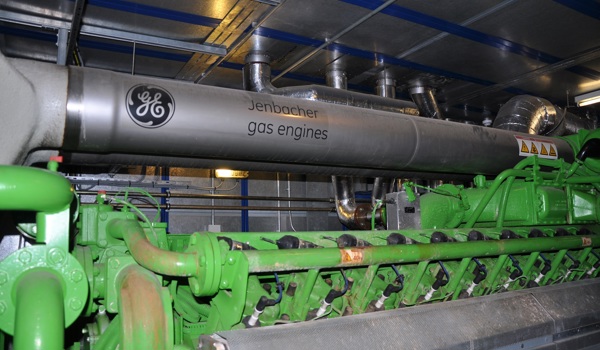Micro CHP
Micro CHP in traditional and historic buildings
Micro CHP in traditional and historic buildings
Combined heat and power (CHP) is any technology which combines the production of heat and electricity.
A CHP unit generates electricity when the heating is on, or in some cases, even when it isn’t (as with combustion engine models).
At micro-scale, a CHP unit is essentially a boiler with an additional electricity-generating component. This additional component is usually a combustion or heat engine attached to a small generator, all of which is incorporated within the CHP unit.
One downside to CHP is that it is still a fossil-fuel heating system. Hydrogen fuel-cell CHP units do exist, but the role of hydrogen in our future energy system is debated.
Find out more about how CHP works from the Energy Saving Trust.
CHP and traditional buildings
CHP doesn't typically cause issues for older buildings because the technology can plug into an existing radiator system. Typically it has no external presence besides a small flue.
You’ll need to annually service a CHP unit in the same way you would a fuel-burning boiler. This is likely to be more expensive and take longer due to the additional complexity introduced by the electricity generating component.
As this technology is relatively uncommon, it would be worthwhile researching trades people in your area who are qualified to service a CHP unit before committing to installation.
- Next
-
Costs and savings



